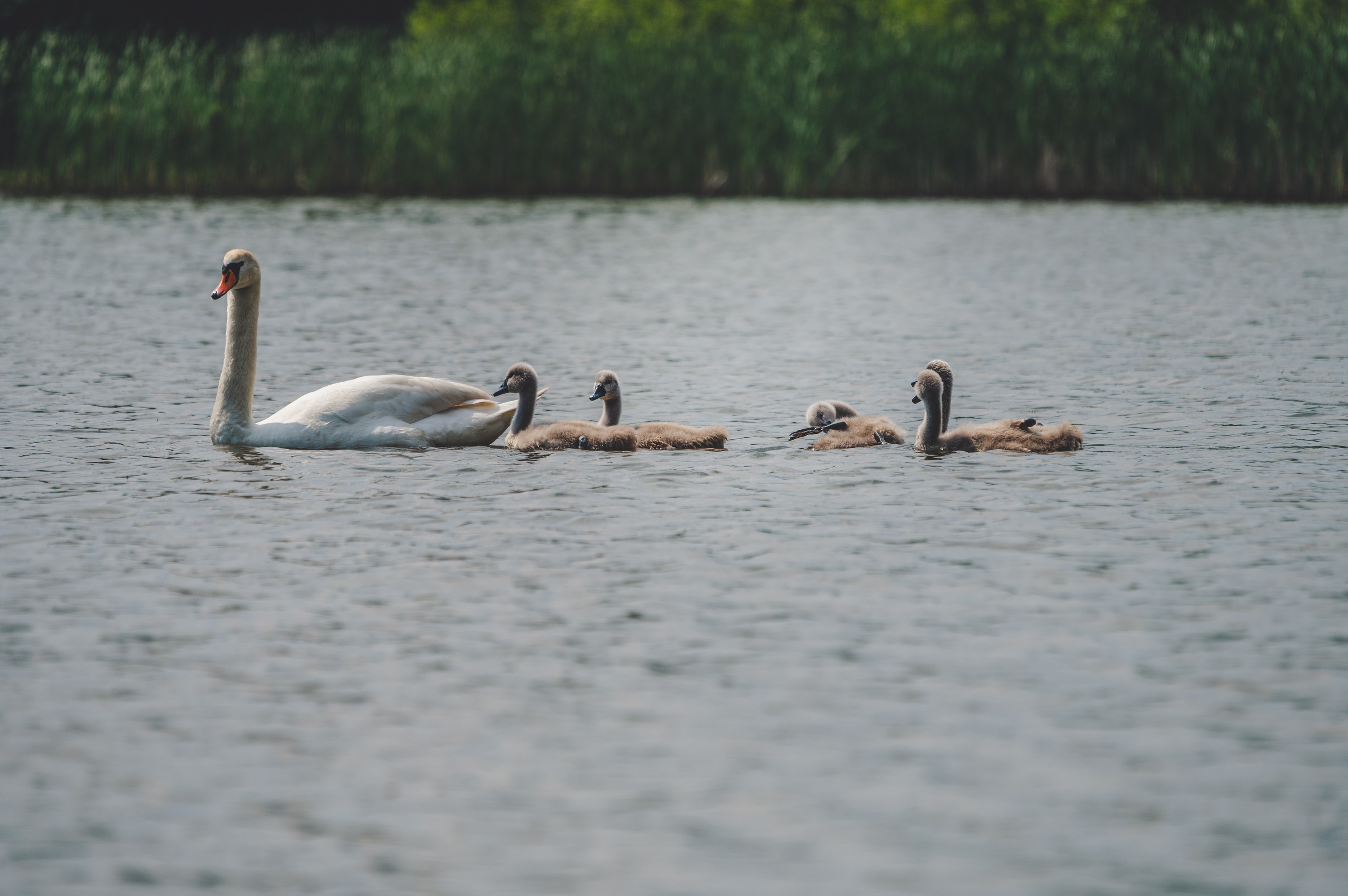
TEMELÍN AND WATER
The operation of the power plant is linked primarily to the River Vltava, from which the power plant draws process water and into which wastewater is discharged from it. In the past, a system of reservoirs forming the Vltava Cascade was built on the river, which protects areas along the river from flooding and which is used in hydro-power generation. A major benefit of the reservoirs in the cascade is that they compensate for minimum flows. The Hněvkovice reservoir had to be added to the cascade for the needs of the Temelín NPP, for drawing process water, and the Kořensko waterworks, via which the power plant returns water to the Vltava.
THE HNĚVKOVICE WATERWORKS
The Hněvkovice waterworks was built between 1986 and 1991. It is 5 km upstream from Týn nad Vltavou. It forms the main part of the system supplying process water to the power plant and provides buffer place for increasing flow as required from the Lipno reservoir which is 120 km upstream, on the River Vltava. Water is drawn by a pumping station located in the immediate vicinity of the dam, on the left bank. Water is then conducted by two 1600 mm pipes in the ground, which are 6.2 km long, to a cistern on the power plan’s grounds. The chemical composition of the water taken from the Vltava has been monitored over an extensive period and has significantly improved with the commissioning of large wastewater treatment plants in Český Krumlov and České Budějovice and a new evaporation station at the Jihočeské papírny in Větřní near Český Krumlov.
THE KOŘENSKO WATERWORKS
The Kořensko waterworks are 2 km below the mouth of the River Lužnice into the Vltava. Its main role is to maintain a constant level of water, thereby reducing the accumulation of pollution in the river in the Týn nad Vltavou area. It includes the Kořensko I and II small hydro-power plants. The turbine of the Kořensko II small hydro power plant is propelled by the water returned to the Vltava by the Temelín nuclear power plant. On an annual basis, each of the small hydro power plants of the ČEZ Group generates, on average, two thousand MWh, which corresponds to the annual consumption of a smaller town.
RETENTION RESERVOIRS
Three retention reservoirs were built in the vicinity of the power plant in connection with its construction and operation. The most important is the Býšov retention reservoir located south-east of the power plant site on the River Strouha, below the safety reservoirs. When required, the Býšov retention reservoir holds excess stormwater, which is conducted away from the power plant grounds by stormwater pipes.
LAKES
There are dozens of smaller lakes in the area of the Temelín power plant. The most important ones are on the Radomilický (Bílý) Brook. Most of the lakes are used for intensive fish-farming. The largest lakes within a thirteen-kilometre band around the power plant include Blatec Lake (96,8 ha, 416,000 cubic meters), Bělehůrecký Lake (53.6 ha, 983,000 cubic meters), and Strpský Lake (40 ha, 480,000 cubic meters).
STUDIES DID NOT PROVE AN ADVERSE IMPACT
The impact of the operation of the power plant as well as the new blocks has been subject to several expert evaluations. This issue was addressed in detail, for example, in the study of Kašpárek et al. in September 2009. Another evaluation took place as part of the EIA proceedings concerning the New Nuclear Source at the Temelín nuclear power plant site, including the transmission of the output to the Kočín substation in 2010, prepared by RNDr. Jan Horák.
Furthermore, the outcomes of the study did not prove a major adverse impact of the contemplated water consumption for the power plant on other water usage requirements on the Vltava.
The study was a part of the background documents on the basis of which, in January 2013, the Ministry of the Environment issued an affirmative EIA opinion, subject to a number of conditions.
WATER SAVINGS
Water is a key raw material for power generation. That is why for several years, ČEZ has focused on finding new, considerate ways to use it economically. In 2021, for example, both Czech nuclear power plants successfully cut their water consumption by three percent, despite the year-on-year rise in power generation by three precent. At Temelín, the water saving was 900,000 cubic meters, primarily thanks to more frequent cleaning that allowed it to be reused.